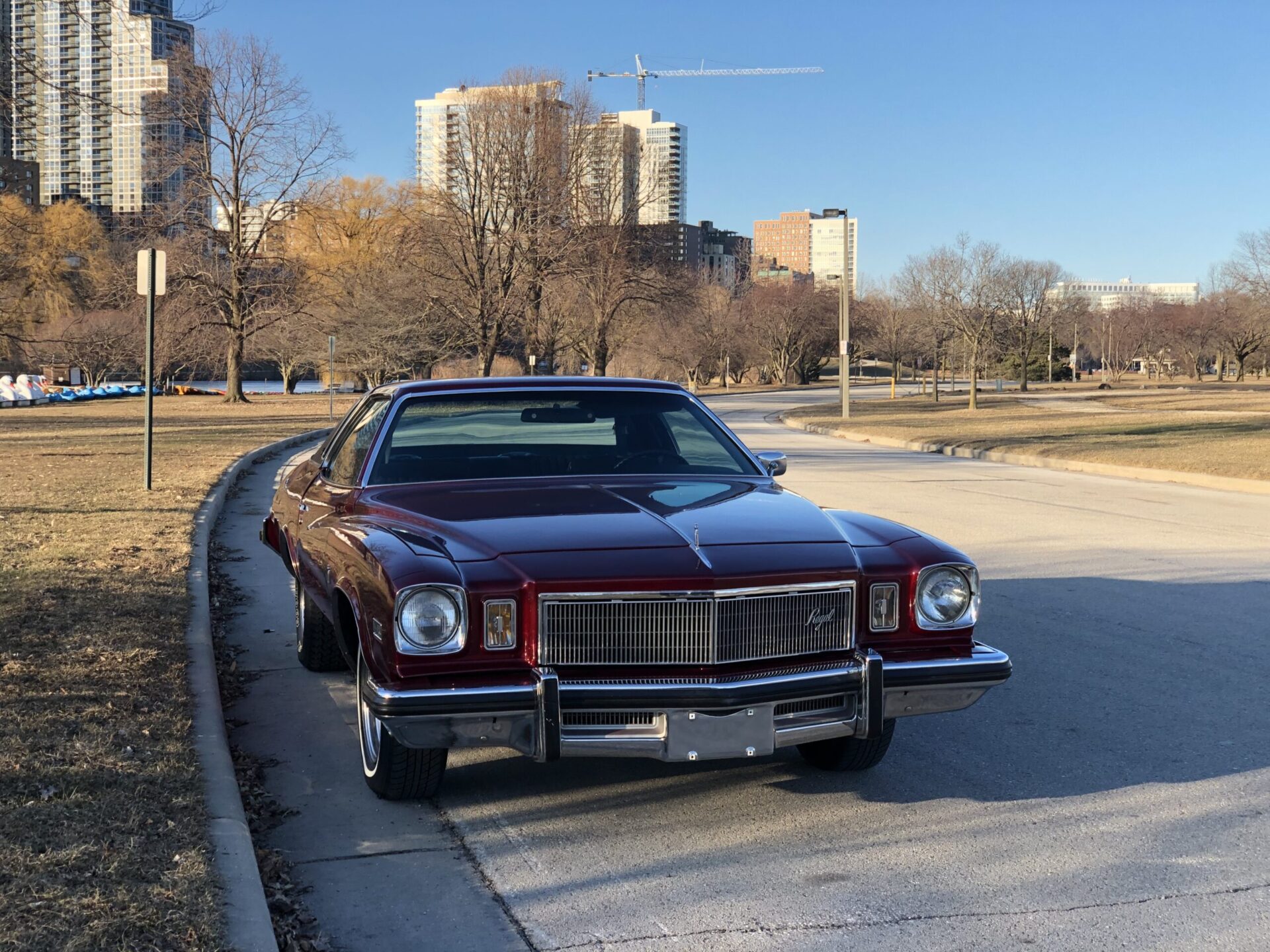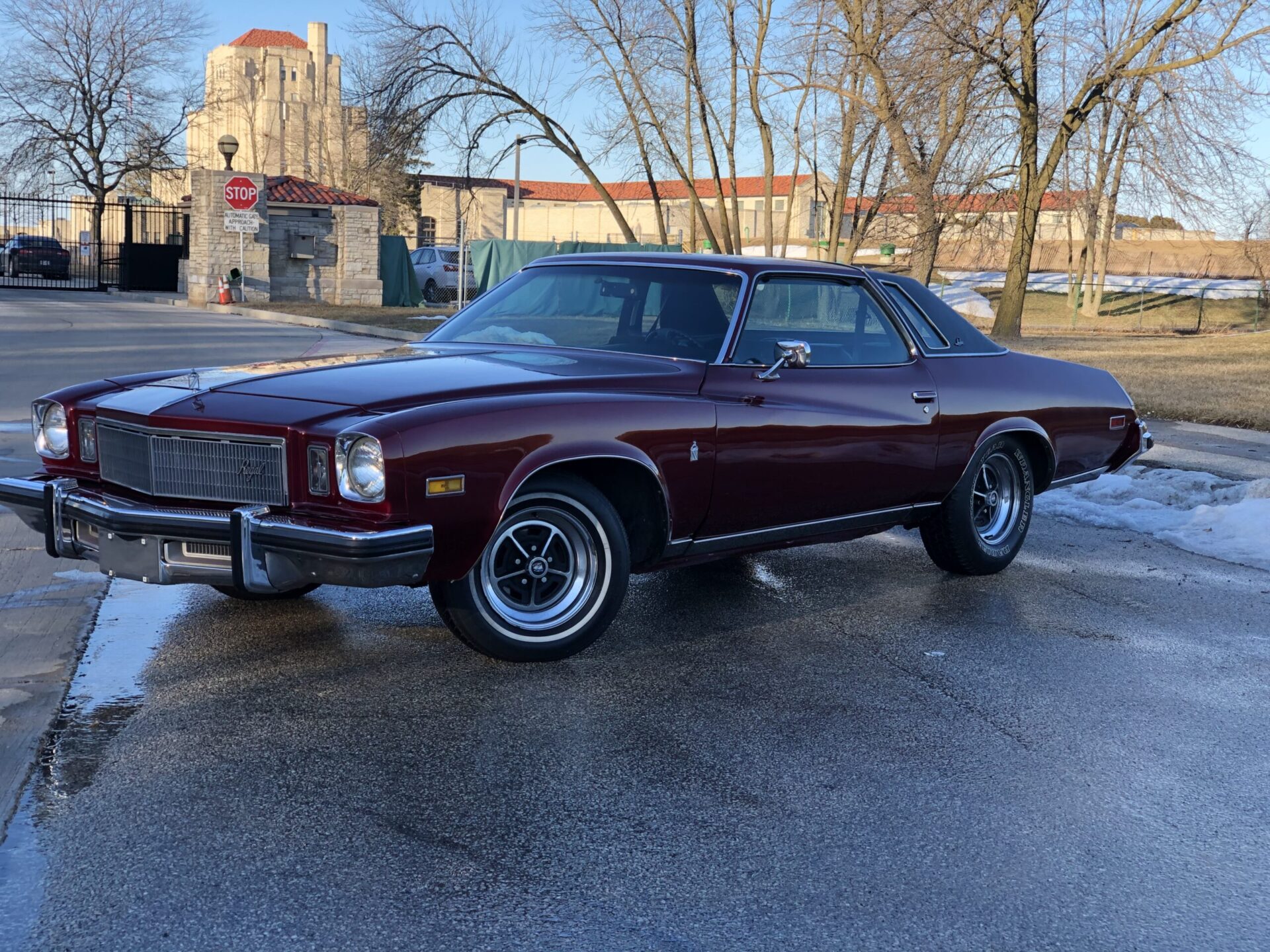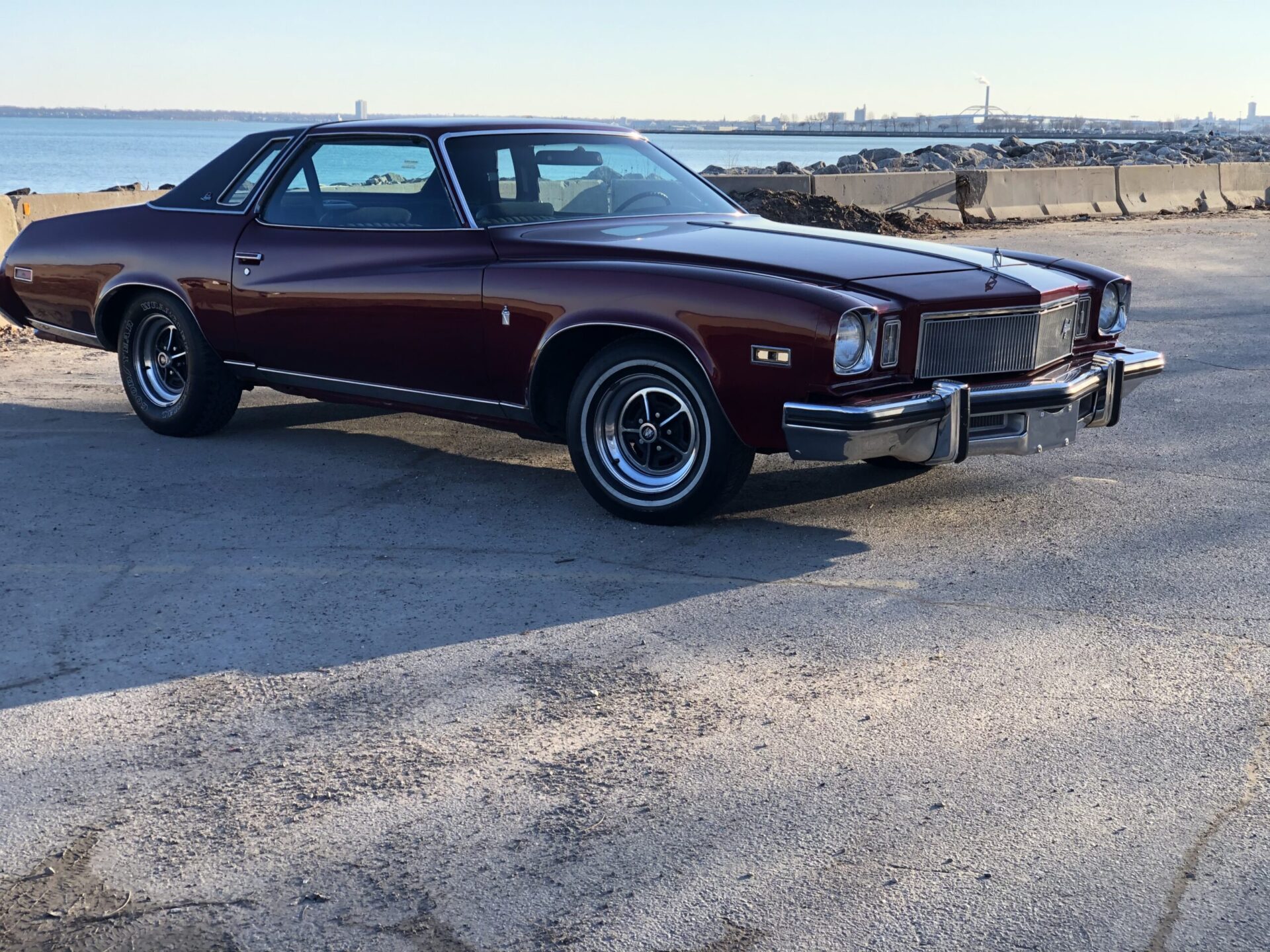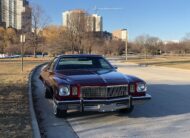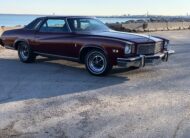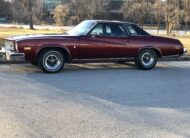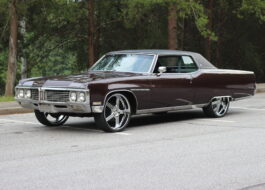Vehicle Detail
Buick Regal 1975
- Vehicle Overview
- Vehicle Location
Besides the 1963 Riviera, Buick had reluctant shied away from the mid-size, lower-priced, personal luxury car market, even as other manufacturers continued to explorer its potential, adding more affordability, and creating even more demand. Pontiac proved the popularity with its Grand Prix model of 1969 and Chevrolet further reinforced the validity of the market in 1970 with its Monte Carlo. Oldsmobile's entry was the formal notchback coupe known as the Cutlass Supreme which quickly became the company's most popular intermediate.
Following a redesign of General Motors' intermediate line, Buick (for some reason) dropped its beloved Skylark nameplate but revived another legendary name - the Century, last used during the 1950s. The first 'Regal' was a highly trimmed, two-door coupe marketed as the 'Century Regal Colonnade Hardtop Coupe. The rear styling was shared with its Century parent, with distinctive details that included its taillight lenses and grille.
The 'Colonnade' name, which eliminated the hardtop model names completely, was a pillared hardtop, also known as a hardtop with center pillars or 'B-pillars.' The 'Colonnade' body style of the Regal was shared with GM's other intermediate personal luxury cars - the Chevy Monte Carlo, the Pontiac Grand Prix, and the Olds Cutlass Supreme, along with the lower-priced Buick Century Luxus coupe. These vehicles shared the newly introduced opera windows that replaced the traditional roll-down windows.
Besides the exterior styling differences, the Regal was separated from its Century parent by its more luxurious interior with cloth, velour, or vinyl upholstery. It had woodgrain trim on the door panels and the dashboard. There were door-pull straps, bench seats, and center armrests - and a 60/40 split-bench seat with armrest was part of the options list.
During the inaugural 1973 model year, the Buick Regal nameplate was used solely on the coupe body style, but for 1974, its versatility increased when a sedan body style joined the lineup.
The 1975 Buick Regal, the year that the 'Century' designation was quietly removed from the Regal name, was available as a two-door Colonnade hardtop and a four-door sedan. The coupe proved to be much more popular, with 56,646 examples sold. 10,726 were the 4-door sedan. Pricing was similar, with the V-6 powered sedan selling for $4,300 while the 2-door coupe was priced at $4,250.
The Regal was based on the Century line but was given a shorter grille with vertical blades. Other features that distinguished the Regal were identification script on the left-hand side of the grille, while other models had Buick block lettering.
Buick resurrected its 231 cubic-inch V6 engine, previously powering the Skylark from 1964 through 1967, and installed it in the engine bay of the 1975 Buick Regal. Buick had sold the engine's tooling to Kaiser Motors for use in the Jeep models, and Kaiser was later acquired by American Motors in 1970 and Jeep became an AMC division. In 1974, AMC sold it back to General Motors, who used it as the standard engine in the Regal. This made the Century and Regal the only mid-size cars in America to be powered by V6 engines. The engine had a cast-iron block, 8.0:1 compression, a two-barrel carburetor, overhead valves, and delivered 110 (SAE) horsepower at 4,000 RPM.
The base V8 powerplant displaced 350 cubic-inches and offered 145 horsepower. An optional V8 - also displacing 350 cubic-inches but fitted with a Rochester four-barrel carburetor - offered 165 horsepower. The previous 455 CID V8, optional in 1973 and 1974, was no longer part of the options list. The transmission was a three-speed Turbo-Hydramatic automatic.
The 1975 Buick Regal had a 112-inch wheelbase for the coupes and a 116-inch platform for the sedans. The coupes had an overall length of 212-inches while the sedans measured 216-inches. The height of the coupe was 53.3-inches while the sedans stood 54.1 inches tall.
Production of the first generation of the Buick Regal lasted from 1973 to 1977, with minor updates and changes occurring during that time. The 1976 model year witnessed the most significant updates, with newly-legalized rectangular headlights with the sedans being vertically stacked while the coupes were horizontally mounted. The second generation of styling was introduced in 1978 and would include such legendary names as the Grand National, Turbo-T, T-Type, and GNX. The third generation of styling followed a decade later, in 1988. The fourth and final generation of styling was introduced in 1997 and continued (in North America) through 2004.

